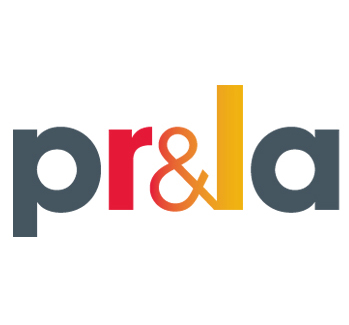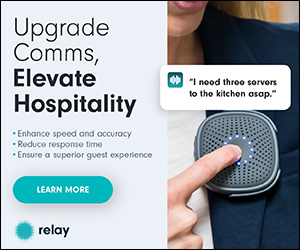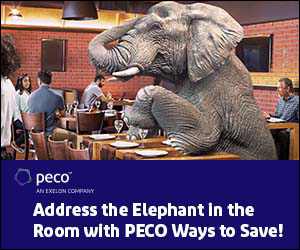Outdoor conditions will soon make it too cold for al-fresco service in many parts of the country. As a result, many restaurant owners and managers are looking into indoor air purification solutions to provide a safer indoor environment for their patrons, expecting that customers will be more apt to frequent their location. Unfortunately, there are limited indoor air filtration specifications from advisory agencies and, are at best, just recommendations. Business owners are left to determine how to reduce airborne transmission risk, proving difficult when finding HVAC system modifications can be very expensive or impossible.
Most restaurant owners and managers discover that upgrading HVAC systems to meet air purification requirements is too expensive and not economical. Industry estimates range from $15–28 per square foot for new installations and $10 per square foot for system upgrades. These amounts are too expensive for most restaurant and lounge owners and may explain why little has been written or advised regarding indoor airborne risk reduction. Little information or advice seems to result in business owners making air purification a lower priority over surface disinfection.
Coincidentally, there is a large amount of information demonstrating that COVID-19 is spreading via airborne particles more than previously thought. Findings suggest that one of the primary ways unwanted pathogens are spread, including COVID-19, is through microscopic and aerosolized particulate matter, which will suspend in the air undetected by people. These new findings will require restaurant and bar owners to face the reality that many existing strategies, such as placing plexiglass barriers between patrons, provide limited protection to COVID-19 that is suspended in the air for hours at a time.
Fortunately, some companies are assisting restaurant & lounge owners in reducing airborne transmission risk by developing portable air purifiers built for this market. Some of their offerings even include advanced technologies, such as harmless Needlepoint Bipolar Ionization (NBPI), that are proven to neutralize and ultimately capture the unwanted particulate matter in a deep HEPA filter.
The scientific community is concluding that Satellite HEPA is an essential tool for business owners to reopen and rebuild their business. Some early adopters of portable air purification technology in the restaurant and lounge business are marketing their efforts on cleanliness and safety as they reopen and rebuild. Providing a noticeable effort to keep customers safe could translate into customers choosing that establishment over others. As one “early adopter” stated, “At the end of the day, it is all about the foot traffic and customers coming to our restaurant. If they don’t come, there is no reason to invest in HVAC or other equipment and services. I have found Satellite air purification to be a prudent way to improve the indoor air quality of restaurants and bars at a minimal cost. We certainly are marketing our locations advanced air purification to our customers.”
What Type of Air Purifier Should I Buy for My Restaurant?
Air Filtration Key Components and Science
The recommendation from the EPA, CDC, and other agencies is to get a HEPA 13 or better air purifier capable of circulating a large amount of air. This type of filter is referred to as “Deep HEPA.” Deep HEPA can capture particulate matter as small as 0.3um (0.3 micrometers).
The truth be told, a single COVID-19 virus molecule is approximately 0.125 μm. However, up to 90% of the virus is agglomerated to small water droplets, increasing the overall size of the particulate matter, making deep HEPA a scientifically proven method to capture airborne COVID-19.
In addition to HEPA, a new technology called Needlepoint Bi-Polar Ionization (NBPI) is being incorporated into portable purifiers by a limited number of manufacturers. NBPI is proven to neutralize virus molecules by damaging its RNA structure. NBPI also increases particle clustering so that the HEPA filter will capture the particulates once the air carries it to the filter.
The Portable Air Purifier Unit Must Have:
- Ruggedized design for commercial use (not plastic)
- Castor Wheels with locks for mobility and safety
- Deep HEPA 13 or greater filter
- UVC Tech inside
- NBPI Tech inside
- Low operation cost
- Low cost replacement consumables
- Set it and forget it design
- Annual maintenance at most
- No training required to use
Commercial Units Built for Commercial Use
There are several key features to consider when looking for a Satellite HEPA unit. It must be:
- Durable It needs to withstand collisions with people and equipment with little chance of damage.
- Portable It must be portable enough (e.g., having strong, lockable caster wheels) to be moved around the space as needed, but it should also allow you to lock the wheels to keep the unit in place.
- Easy to Install and Operate The installation and operation of the unit must be as easy as operating a refrigerator. No maintenance or service personnel required. It should be a “set it and forget it” design.
- Little and Easy Maintenance HEPA filters should last a minimum of one year, and it should be easy for staff to change filters.
- Low Operating Costs The yearly cost of consumables (e.g., filters and lights) must be as low as possible.
- Built-to-Last and Easily Repaired It must be built-to-last, and if it ever does need to be repaired, it should be easily repairable to protect your investment.











